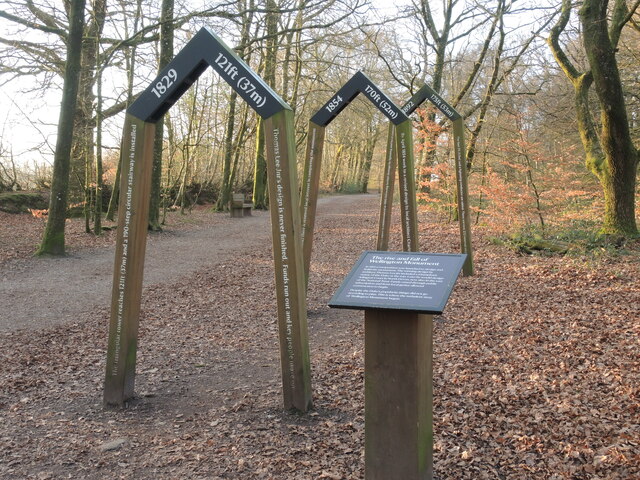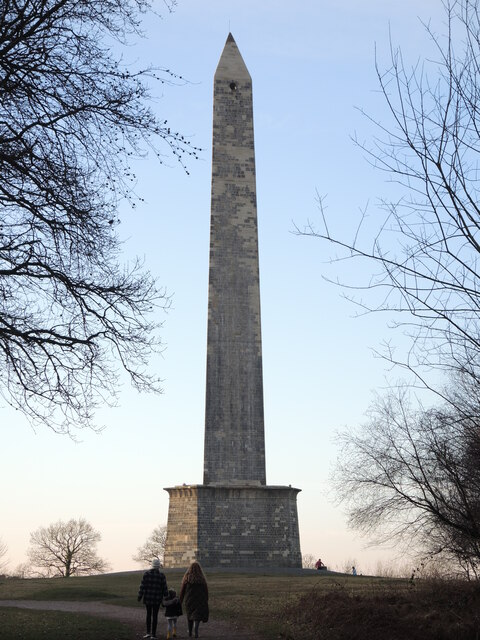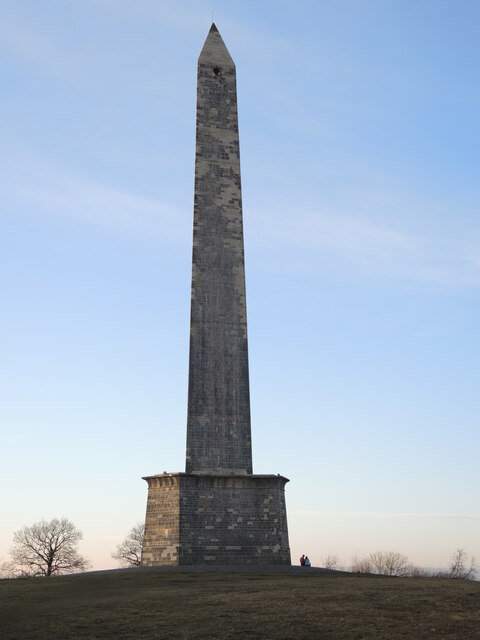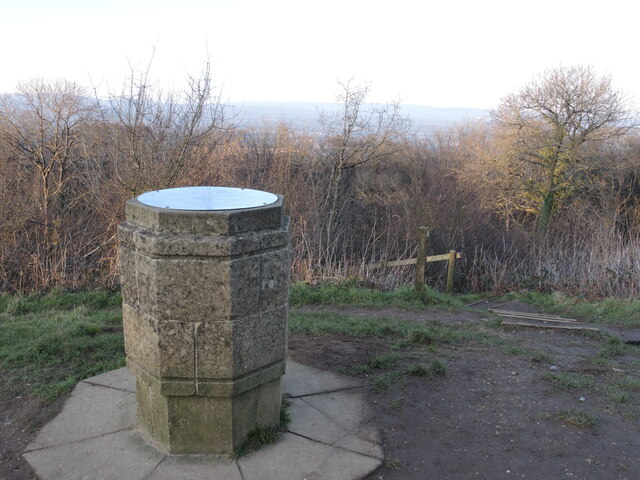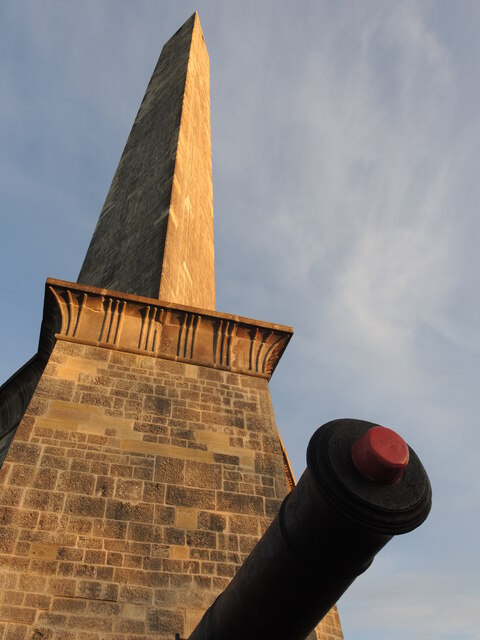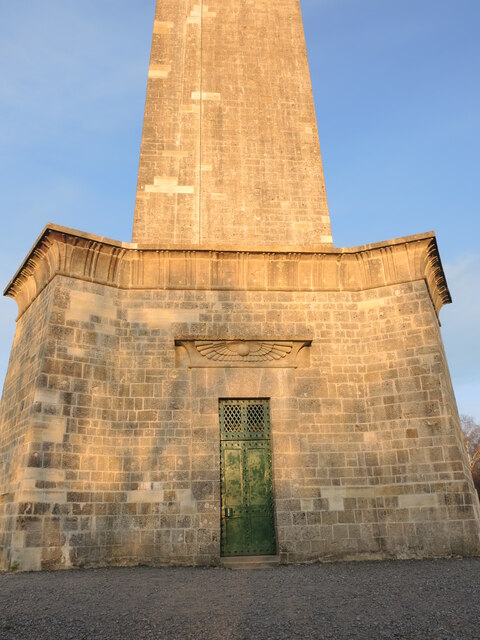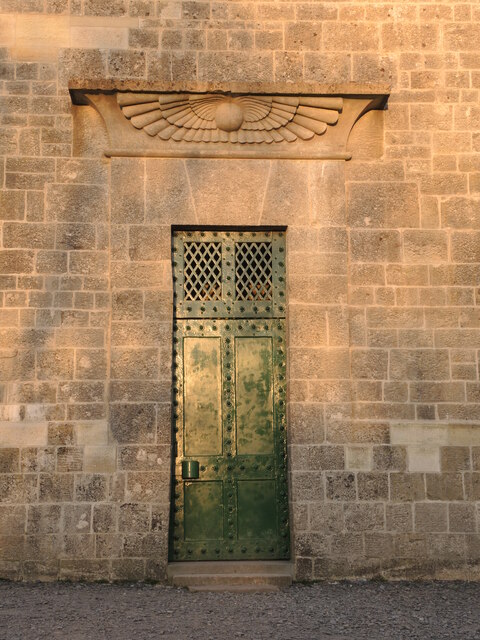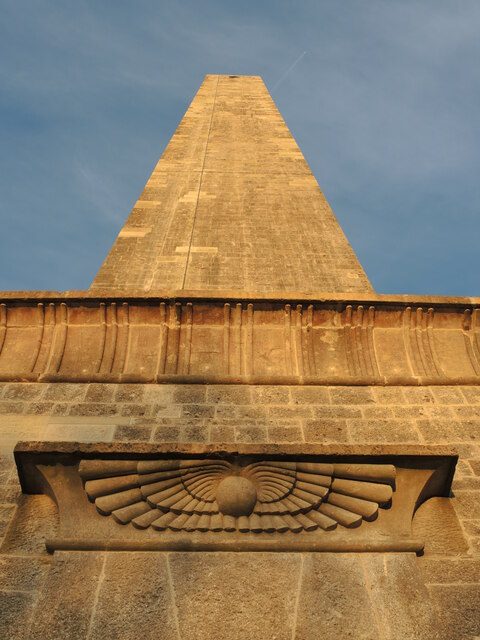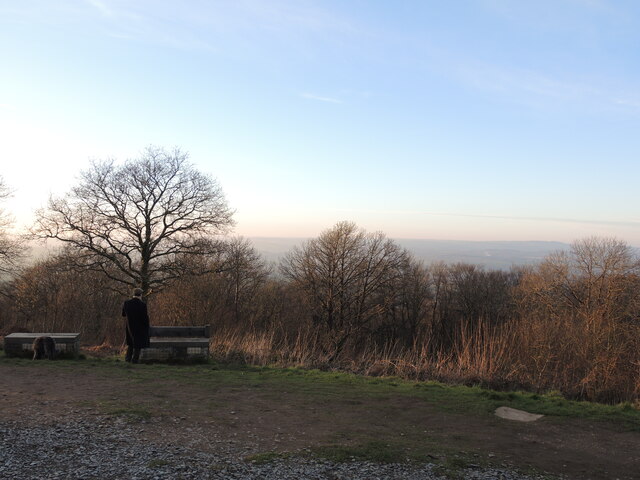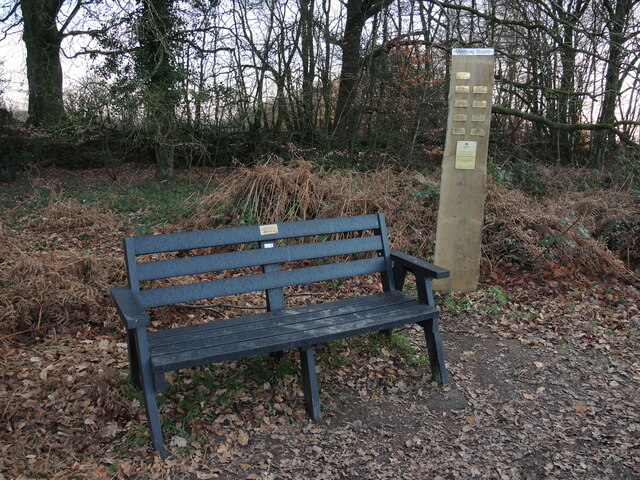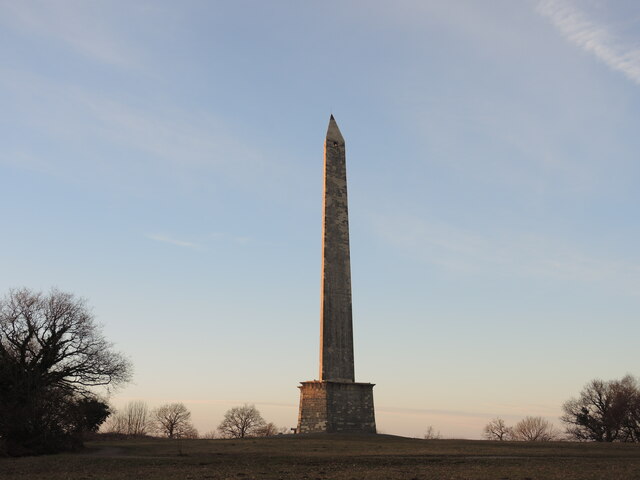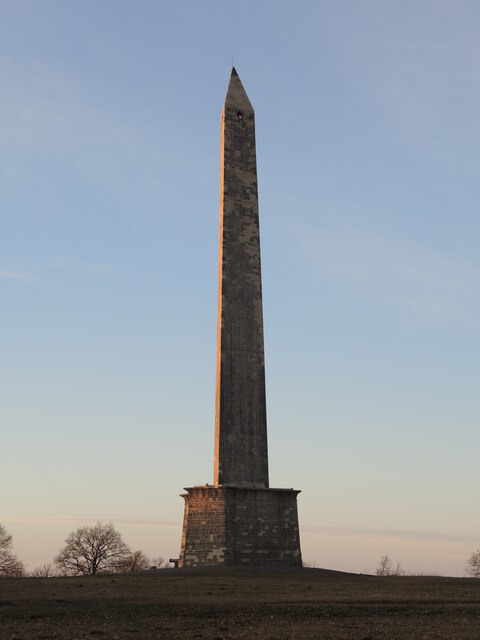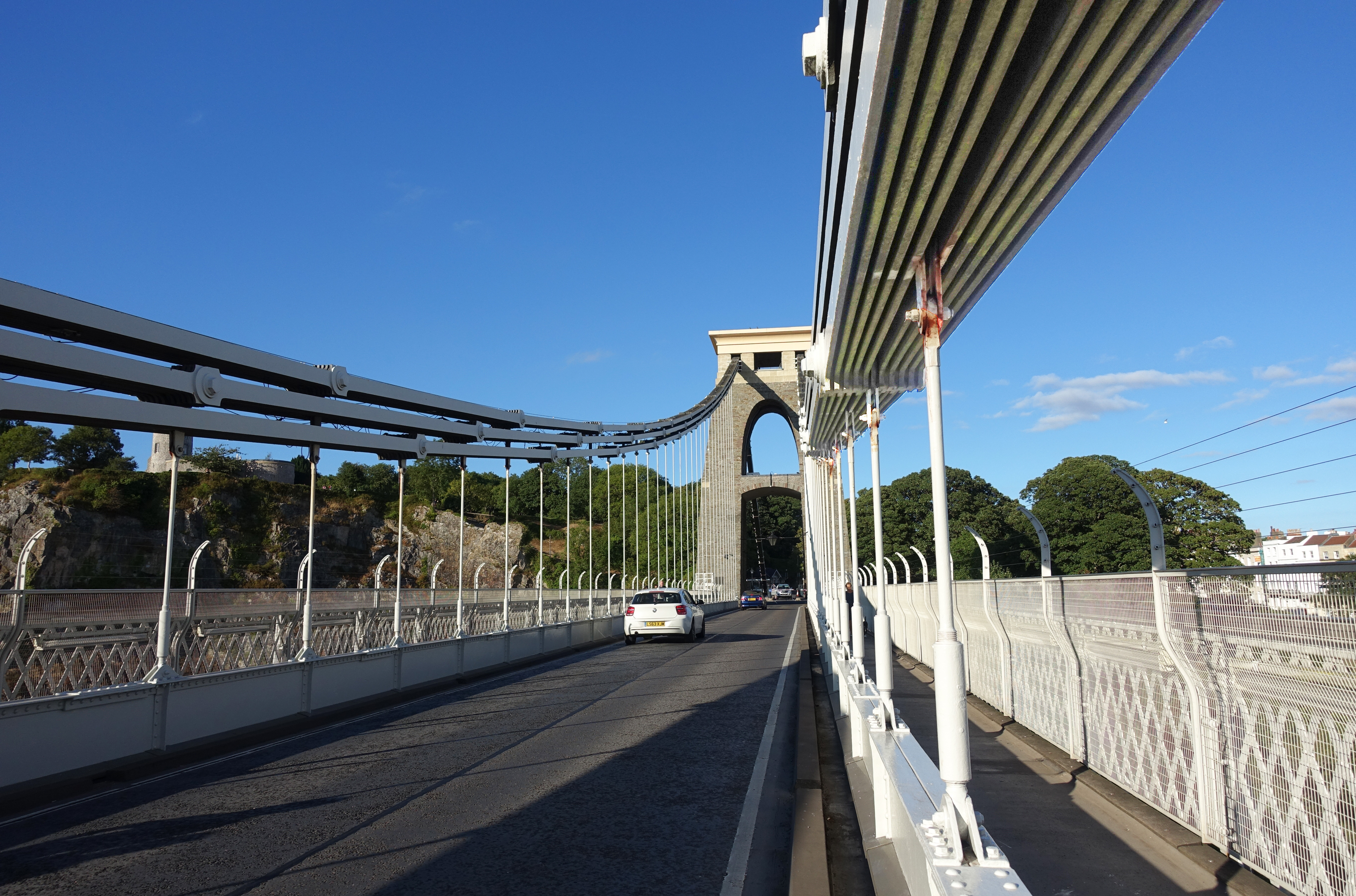Foxmoor Copse
Wood, Forest in Somerset Somerset West and Taunton
England
Foxmoor Copse
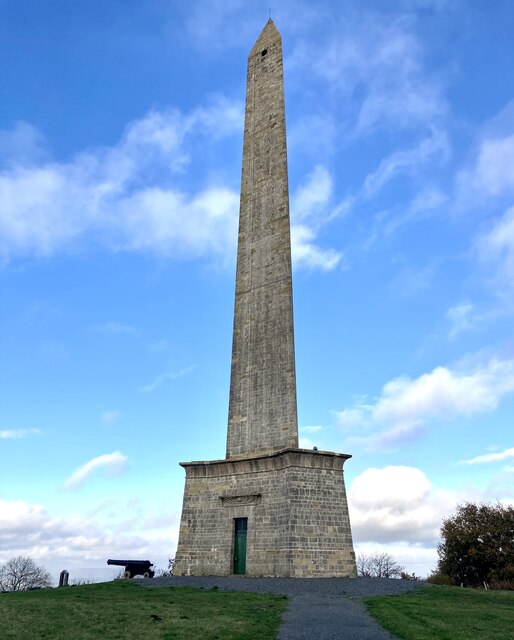
Foxmoor Copse is a picturesque woodland located in Somerset, England. Spanning an area of approximately 100 acres, it is a haven for nature enthusiasts and outdoor lovers. The copse is predominantly made up of native broadleaf trees, including oak, beech, and birch, creating a diverse and vibrant ecosystem.
The woodland is characterized by its dense canopy and lush undergrowth, providing a habitat for a wide range of flora and fauna. Bluebells, wild garlic, and foxgloves are just a few of the beautiful wildflowers that carpet the forest floor during the spring and summer months. Birdwatchers will be delighted by the presence of various species, such as woodpeckers, owls, and warblers, which find sanctuary within the copse.
Tranquility and serenity are synonymous with Foxmoor Copse, as it offers a peaceful retreat from the hustle and bustle of everyday life. Visitors can explore the numerous walking trails that wind their way through the woodland, immersing themselves in the natural beauty that surrounds them. The copse also features a small stream that meanders through its heart, adding to its idyllic charm.
Managed by a local conservation organization, Foxmoor Copse benefits from ongoing preservation efforts to ensure its long-term sustainability. The management team conducts regular maintenance work to control invasive species and encourage the regeneration of native plants. This commitment to conservation ensures that future generations can continue to enjoy the beauty and tranquility of this enchanting woodland.
If you have any feedback on the listing, please let us know in the comments section below.
Foxmoor Copse Images
Images are sourced within 2km of 50.955393/-3.2215557 or Grid Reference ST1418. Thanks to Geograph Open Source API. All images are credited.

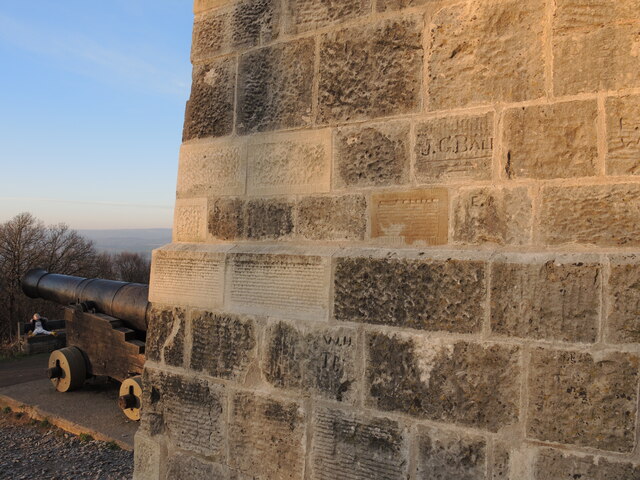
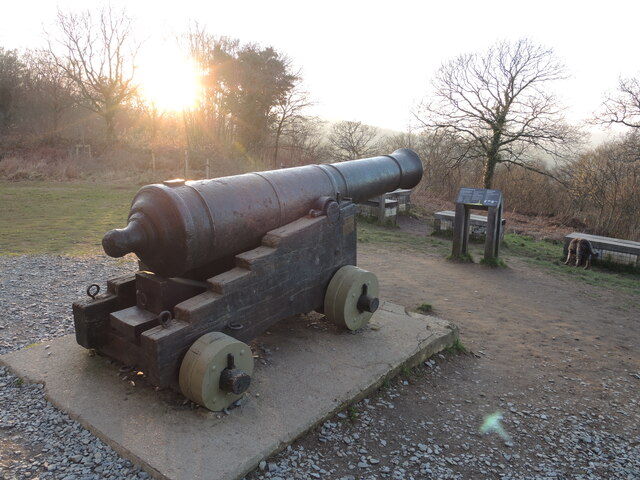
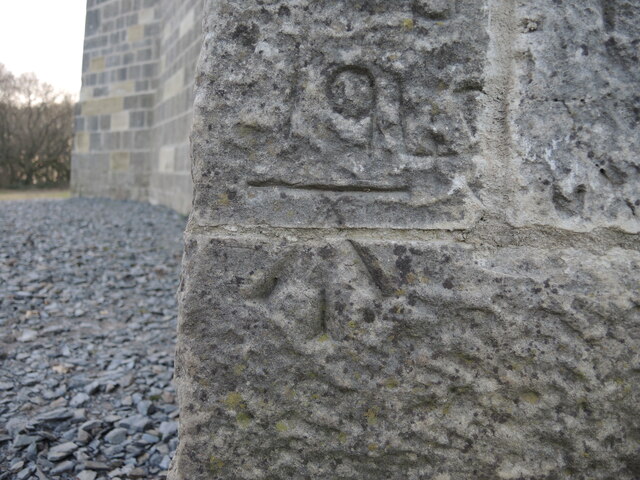
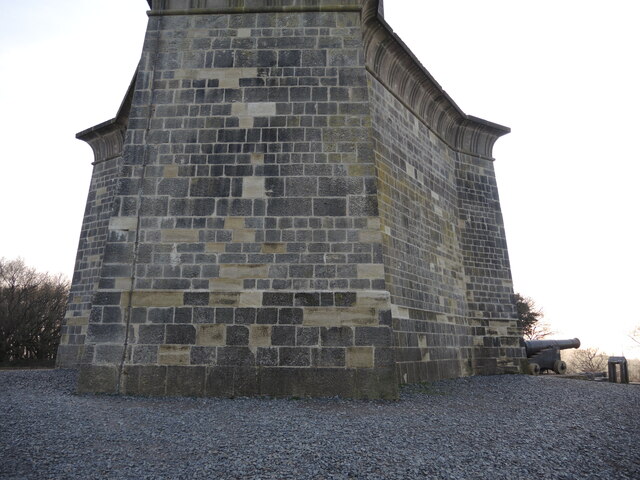
Foxmoor Copse is located at Grid Ref: ST1418 (Lat: 50.955393, Lng: -3.2215557)
Administrative County: Somerset
District: Somerset West and Taunton
Police Authority: Avon and Somerset
What 3 Words
///good.sheepish.successes. Near Hemyock, Devon
Nearby Locations
Related Wikis
Wellington Rural District, Somerset
Wellington was a rural district in Somerset, England, from 1894 to 1974. It was created in 1894 under the Local Government Act 1894. In 1974 it was abolished...
Wellington Without
Wellington Without is a civil parish in Somerset, England. It lies south of Wellington and has a population of 727. The parish includes the hamlet of Ford...
South West England
South West England, or the South West of England, is one of the nine official regions of England in the United Kingdom. It consists of the counties of...
Wellington Monument, Somerset
The Wellington Monument is a 175-foot-high (53 m) triangular obelisk located on a point of the Blackdown Hills, 3 km (1.9 miles) south of Wellington in...
Nearby Amenities
Located within 500m of 50.955393,-3.2215557Have you been to Foxmoor Copse?
Leave your review of Foxmoor Copse below (or comments, questions and feedback).
